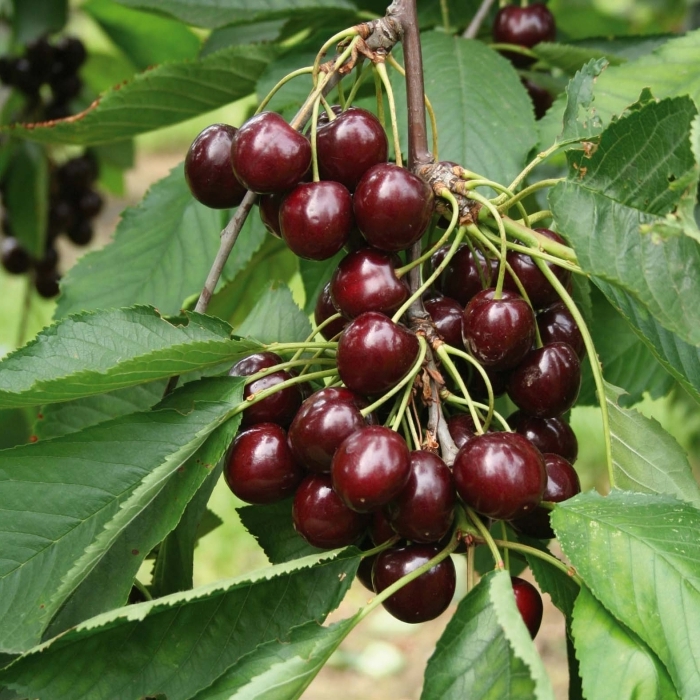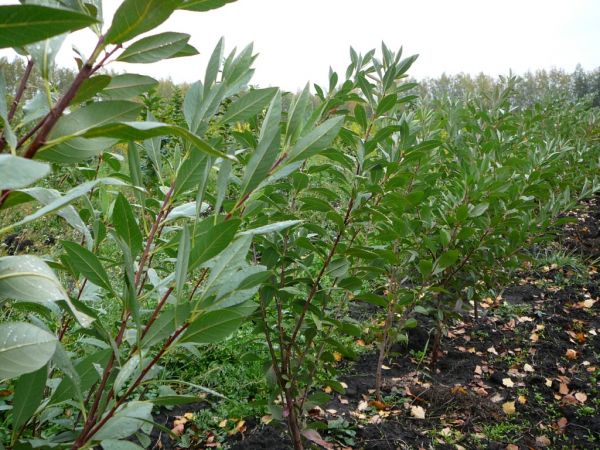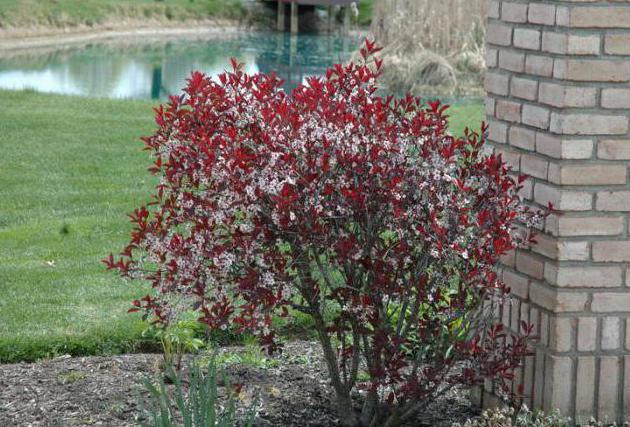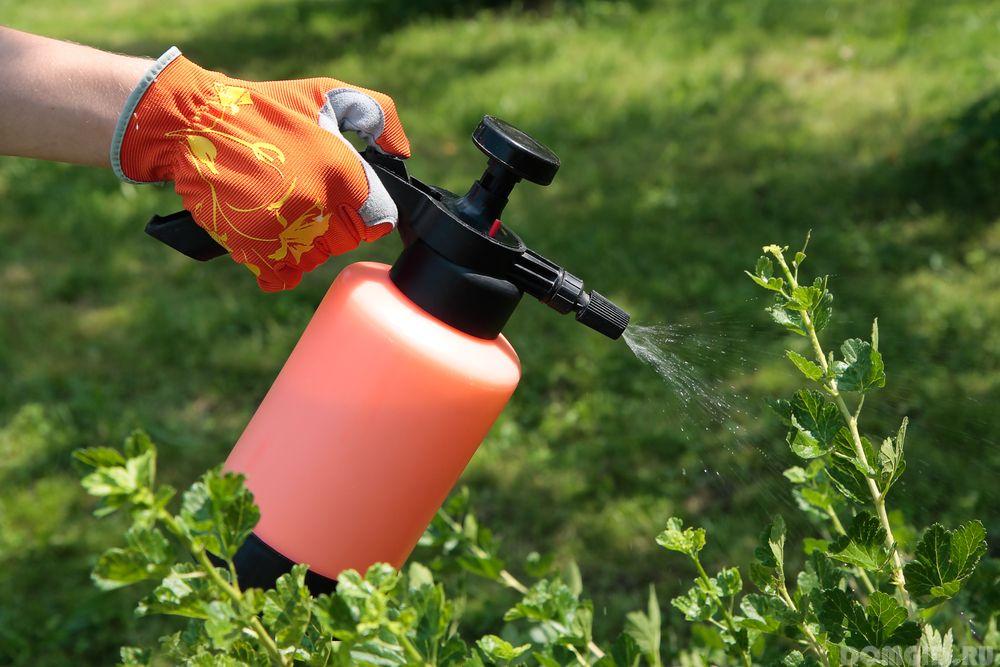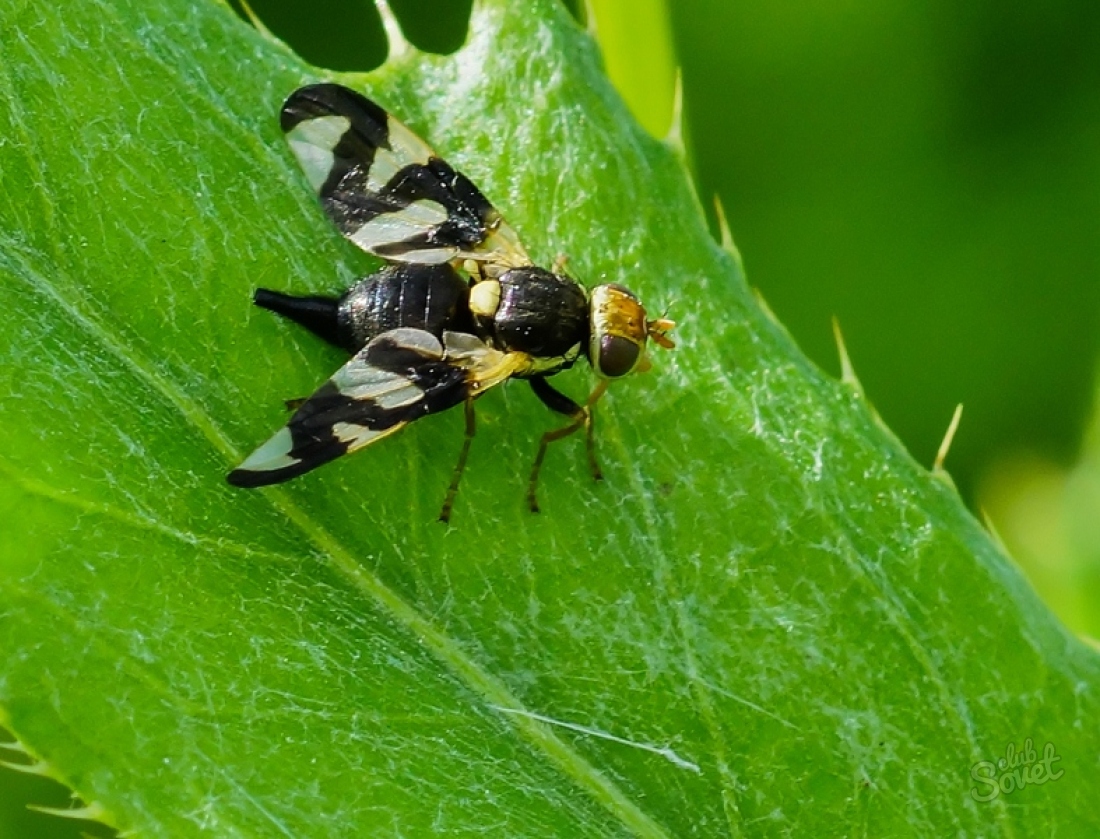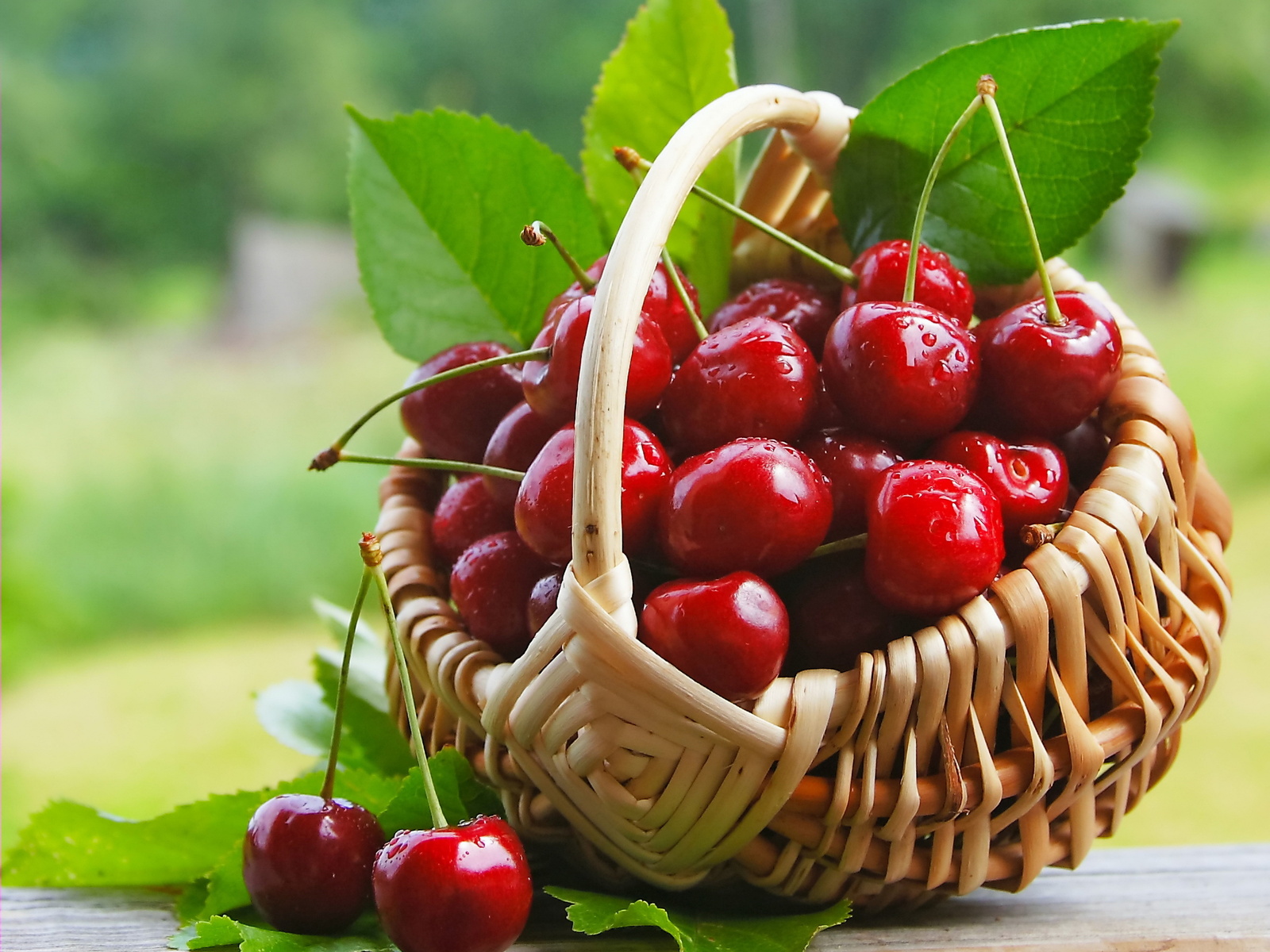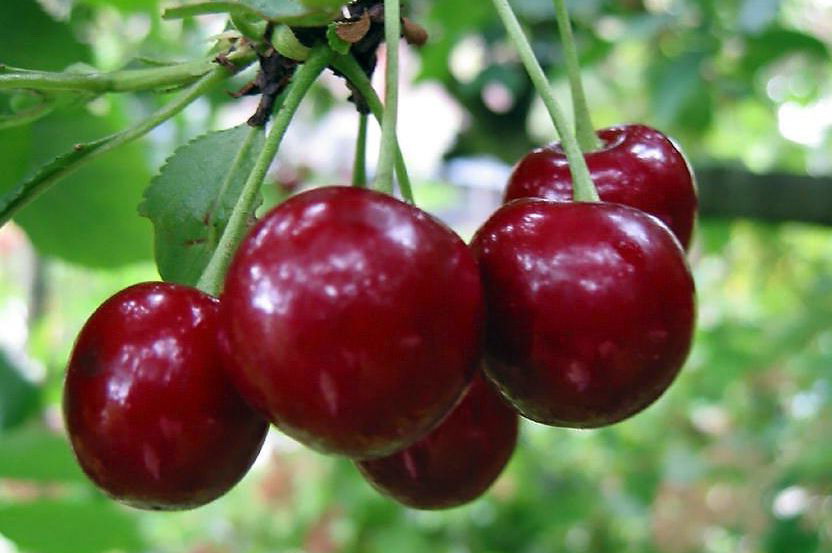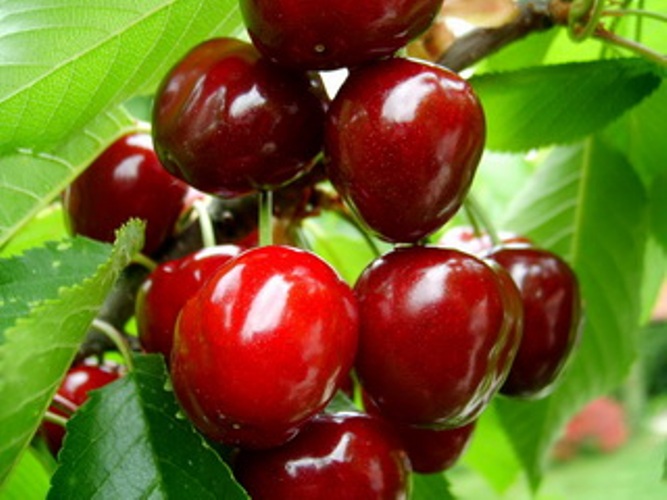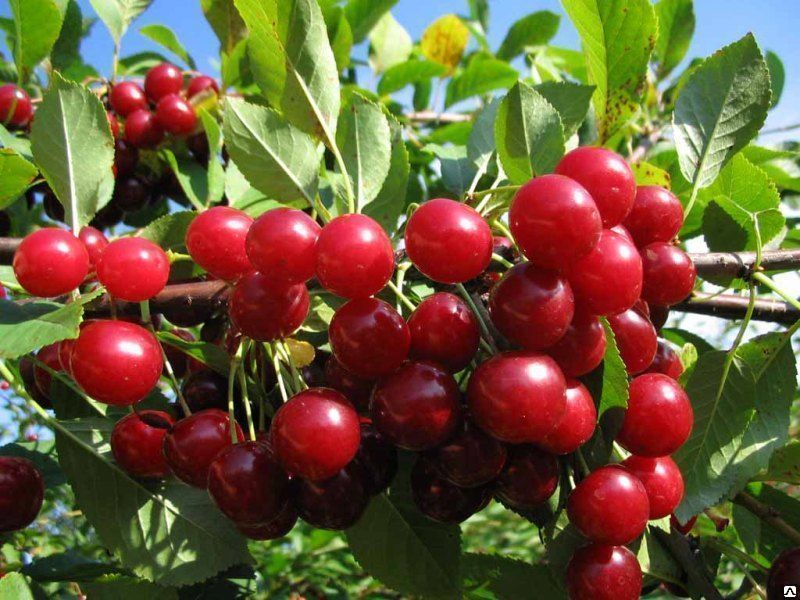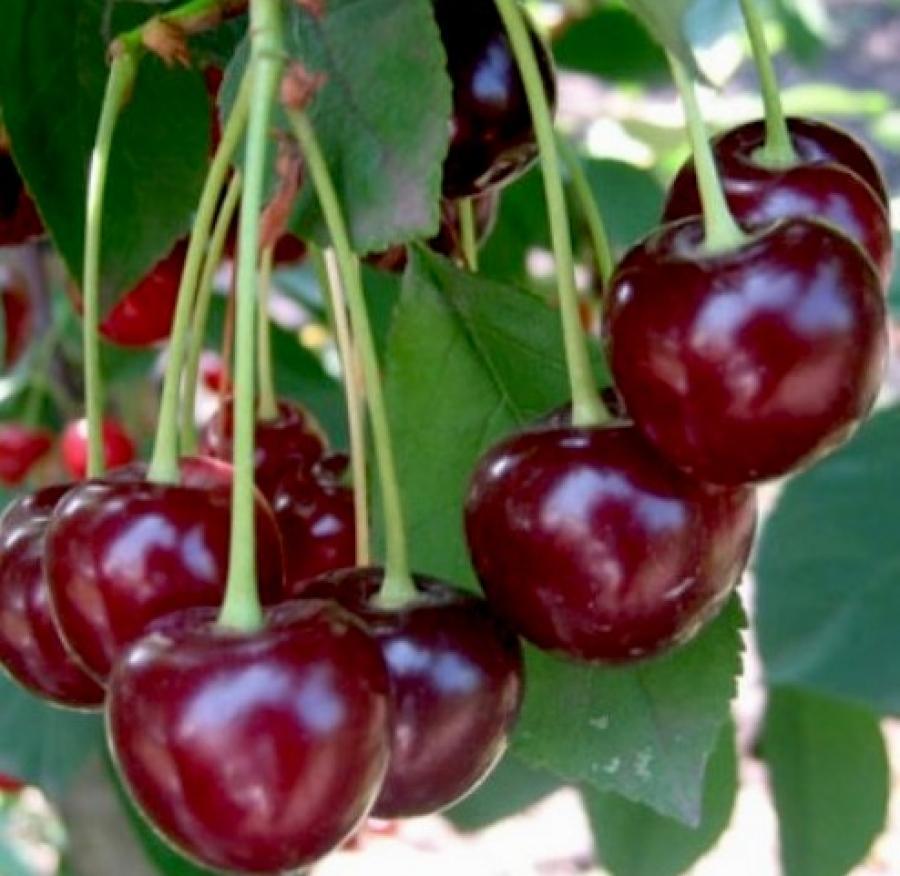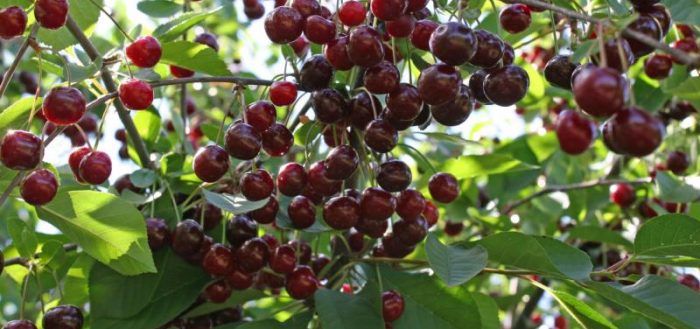Content:
In North America, there is a variety of cherries whose fruits have a rather unpleasant taste. Therefore, they are not used for food, but as food for pets. Often, cherries are grown as a decorative decoration of the site. As a result of the labors of breeders, a hybrid of this variety was bred. This is Besseya - a creeping cherry with an atypical taste. Otherwise, it is called Besseya - black cherry, as well as sand or sand cherry.
Cherry Bessey: description and characteristics
Besseya is a low cherry, the shrub grows no more than 1.5 m. Young red-brown branches are located parallel to the ground surface. When the tree reaches 7 years of age, the branches turn dark gray and spread towards the ground.
Sand cherry blossoms in the period from May to June with small white flowers, in the middle of which there are red stamens. Both male and female flowers are found on the shrub. The flowering period lasts approximately 25 days.
Black Sand Cherry has leaves that resemble willow foliage in shape and color.
The crop can be harvested in the second half of August. Sandy Bessey cherry seedlings begin to bear fruit in the second year.
Creeping cherries have a slightly flattened shape and are almost black in color. The weight of one fruit ranges from 1.0 to 3.0 grams. The pulp has a light green hue and a tart-sour taste. From one bush per season, you can get up to 9 kg of fruit. After 15 years or more, the yield of Peschanka cherries gradually decreases.
Features of growing and care
Despite the fact that such a cherry tolerates not only drought, but also high frosts, these conditions can negatively affect the yield.
The seedlings have an open root system so that they have time to take root, experienced gardeners recommend planting them with the onset of spring. This gives you extra time to prepare for winter.
Seedlings, the root system of which is in a container (closed), are planted on the site in summer or autumn.
To choose the right place for planting seedlings, it is recommended to adhere to the following rules:
- the place should be well lit;
- do not plant bushes in places where groundwater is close to the surface of the earth. High humidity can provoke rotting of the roots of the bush;
- it is better to plant the plant at a distance of at least 2.0 m from other crops;
- good drainage must be ensured. For this, you can use gravel or expanded clay;
- the predominance of clay or loamy soils in the area requires the addition of sand;
- the acidity level of the soil should be close to 0.
The cherry bush develops well and bears fruit on sandy soils. The cherry root system is buried in a hole, at the bottom of which a thin layer of compost or wood ash is poured.
The bush needs regular rejuvenation. In this case, it is necessary to remove all weak, dry and weak shoots. It is also recommended to remove branches older than 7 years. If the crown of the plant has become too thick, it also needs to be thinned out. All cut points are processed with a special pitch. This will have a positive impact on yields.
You can accelerate the growth process of cherries by feeding. For this, nitrogen or potash fertilizers are used.
For this cherry variety, waterlogging and lack of drainage are extremely dangerous. Regular spraying of branches and foliage will not be superfluous. This procedure can be carried out 3-4 times throughout the season.
Reproduction
Plants can be propagated in two simple ways:
- Cuttings. You can start preparing planting material in the middle of summer. To do this, cuttings are cut from an adult bush, it is necessary to pluck all the leaves from them. Cuttings are placed in water in which a growth stimulant is dissolved. Each seedling is planted in a separate container, which is filled with fertile soil. After planting, the containers are covered with a jar and placed in a shaded place. They need to be aired daily, otherwise the seedlings may suffocate under the jar. The horse system will be formed in 30 - 40 days. The cans can now be removed from the container.
- Seeds. Seed material can be obtained directly from cherries. The bones are placed in moistened sawdust or sand. Place the container with bones in a warm, but shaded place. The seedlings will be ready for planting on the site in 2, 0 - 2, 5 months.
You can make jam or jam, compote or dumplings from Bessey cherries.
Pests and diseases
One of the main enemies of cherries is the cherry fly. The danger of attack is especially great in spring. Leaves and fruits are covered with rust-like stains. Any insecticidal agent can be used for destruction.
The possibility of contamination of cherries with Anthracnose is also possible. The symptoms of the disease are the formation of dark spots on the fruit. To prevent infection with this ailment, it is recommended to spray the shrub with Bordeaux solution (1%).
Cherries can become infected with fungal diseases, for example, monilial burns. As a rule, the disease intensifies when heavy rains fall during the flowering period of the shrub. Fungi attack the berries and lead to their death. For the prevention of an ailment, the plant can be sprayed with drugs like Bayleton or Horus.
If the plant has been infected with coccomitosis, brown spots appear on the upper plate of the leaves, and white spots on their back. For the treatment of cherries, Topsin, Skora and Delana preparations can be used.
Proper care, timely spraying and moderate watering of shrubs will ensure their active growth. Such plants are able to give gardeners a high yield of berries.
